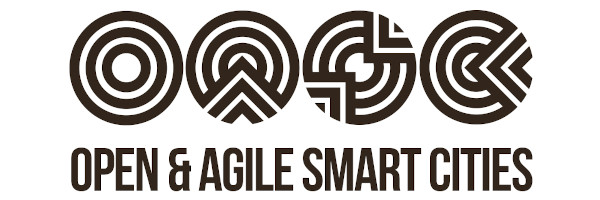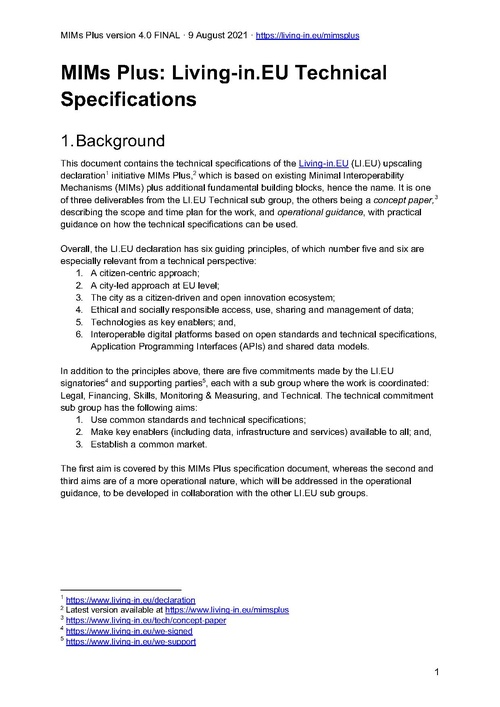MIMs Plus Technical Specifications final version 4 released: Difference between revisions
Jump to navigation
Jump to search
No edit summary |
No edit summary |
||
| Line 4: | Line 4: | ||
|Organization=OASC | |Organization=OASC | ||
|Where=Brussels Belgium | |Where=Brussels Belgium | ||
|Summary=OASC Minimal Interoperability Mechanisms (MIMs) are the minimal but sufficient capabilities needed to achieve interoperability of data, systems, and services between buyers, suppliers and regulators across governance levels around the world. Because the mechanisms are based on an inclusive list of baselines and references, they take into account the different backgrounds of cities and communities and allow cities to achieve interoperability based on a minimal common ground. | |Summary=Open & Agile Smart Cities (OASC) Minimal Interoperability Mechanisms (MIMs) are the minimal but sufficient capabilities needed to achieve interoperability of data, systems, and services between buyers, suppliers and regulators across governance levels around the world. Because the mechanisms are based on an inclusive list of baselines and references, they take into account the different backgrounds of cities and communities and allow cities to achieve interoperability based on a minimal common ground. | ||
|Link=https://oascities.org/mims-plus-technical-specifications-final-version-4-released/ | |Link=https://oascities.org/mims-plus-technical-specifications-final-version-4-released/ | ||
|Display=Yes | |Display=Yes | ||
Revision as of 18:55, March 25, 2022
| News | |
|---|---|
| Image | 
|
| Published | 2021-08-09 |
| Point(s) of Contact | |
| Organization(s) | OASC |
| Where | Brussels Belgium |
| Display | Yes |

| |
Open & Agile Smart Cities (OASC) Minimal Interoperability Mechanisms (MIMs) are the minimal but sufficient capabilities needed to achieve interoperability of data, systems, and services between buyers, suppliers and regulators across governance levels around the world. Because the mechanisms are based on an inclusive list of baselines and references, they take into account the different backgrounds of cities and communities and allow cities to achieve interoperability based on a minimal common ground.